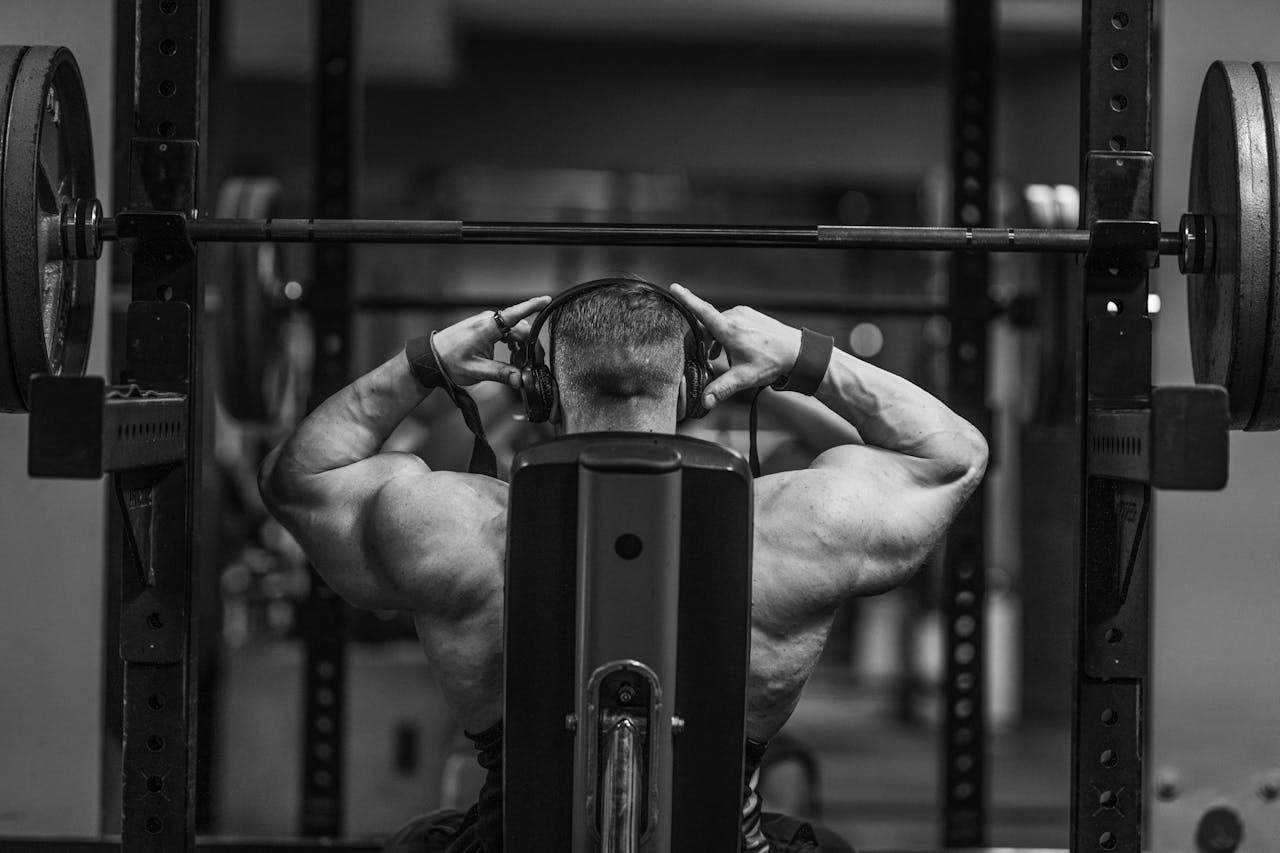
Building muscle is a complex and multifaceted process that involves a combination of resistance training, nutrition, rest, and other lifestyle factors. In order to effectively build muscle, one must understand the physiological mechanisms behind muscle growth, as well as the practical strategies that can be implemented to optimize the process. This essay aims to provide a comprehensive overview of how to build muscle, covering various aspects such as training principles, nutrition guidelines, recovery strategies, and the importance of consistency and patience in the pursuit of muscle growth.
Section 1: Understanding Muscle Growth
Muscle growth, also known as hypertrophy, occurs when the muscle fibers undergo structural changes in response to the stress placed upon them during resistance training. There are two primary types of muscle hypertrophy: myofibrillar hypertrophy, which involves an increase in the size and number of myofibrils within the muscle fibers, and sarcoplasmic hypertrophy, which involves an increase in the volume of the sarcoplasm, the fluid component of the muscle cell. Both types of hypertrophy contribute to overall muscle size and strength.
The process of muscle growth is regulated by a complex interplay of hormonal, mechanical, and metabolic factors. Resistance training stimulates muscle growth by creating microscopic damage to the muscle fibers, which triggers a series of cellular events that ultimately lead to muscle repair and adaptation. Hormones such as testosterone, growth hormone, and insulin-like growth factor-1 (IGF-1) play crucial roles in regulating muscle protein synthesis, the process by which new muscle proteins are generated to repair and strengthen the muscle fibers.
Section 2: Principles of Resistance Training
Effective resistance training is the cornerstone of muscle building. There are several key principles that should be considered when designing a resistance training program for muscle growth:
1. Progressive Overload: This principle involves gradually increasing the demands placed on the muscles over time. This can be achieved by progressively increasing the resistance (weight) lifted, the number of repetitions performed, or the volume of training.
2. Exercise Selection: Compound exercises that engage multiple muscle groups, such as squats, deadlifts, bench presses, and pull-ups, are highly effective for stimulating overall muscle growth. Isolation exercises that target specific muscle groups can also be incorporated to address specific weaknesses or imbalances.
3. Training Volume and Frequency: The total volume of training, which includes the number of sets, repetitions, and exercises performed, as well as the frequency of training sessions, plays a critical role in muscle growth. We must strike a balance between providing adequate stimulus for muscle growth and allowing sufficient recovery.
4. Rest and Recovery: Adequate rest and recovery are essential for muscle growth. Muscles require time to repair and adapt to the stress of training. Overtraining can impede muscle growth and increase the risk of injury.
Section 3: Nutrition for Muscle Growth
Nutrition is a fundamental aspect of building muscle. The body requires a surplus of energy and nutrients to support the process of muscle repair and growth. Key nutritional considerations for muscle building include:
1. Caloric Surplus: In order to build muscle, the body must be in a state of caloric surplus, meaning that it consumes more calories than it expends. This provides the energy necessary for muscle repair and growth.
2. Protein Intake: Protein is the building block of muscle tissue, and adequate protein intake is essential for muscle growth. The recommended protein intake for individuals engaged in resistance training is approximately 1.6-2.2 grams of protein per kilogram of body weight per day.
3. Carbohydrates and Fats: Carbohydrates are the body’s primary source of energy, and adequate carbohydrate intake is important for fueling intense workouts. Healthy fats are also important for supporting hormone production, helping build muscle and overall health.
Section 4: Recovery and Adaptation
Recovery is a critical component of the muscle-building process. Without adequate recovery, the body cannot repair and grow muscle tissue effectively. Strategies to support recovery and adaptation include:
1. Sleep: Quality sleep is essential for muscle recovery and overall health. During sleep, the body releases growth hormone, which is important for tissue repair and growth.
2. Active Recovery: Light physical activity, such as walking or gentle stretching, can promote blood flow and aid in the removal of metabolic byproducts from the muscles.
3. Mobility and Flexibility: Maintaining adequate joint mobility and muscle flexibility can help prevent injuries and support overall movement quality during resistance training.
4. Stress Management: Chronic stress can negatively impact muscle growth by elevating cortisol levels, which can lead to muscle breakdown and hinder recovery.
Section 5: Consistency and Patience
Building muscle is a gradual process that requires consistency and patience. It is important to set realistic goals and understand that significant changes in muscle mass do not occur overnight. Consistently following a well-structured training program, maintaining a balanced diet, and prioritizing recovery are essential for long-term muscle growth.
In conclusion, building muscle is a multifaceted process that involves a combination of resistance training, nutrition, recovery, and lifestyle factors. By understanding the physiological mechanisms of muscle growth and implementing sound training and nutritional strategies, individuals can optimize their potential for muscle hypertrophy. It is important to approach muscle building with a long-term perspective, emphasizing consistency, patience, and a commitment to overall health and well-being.



